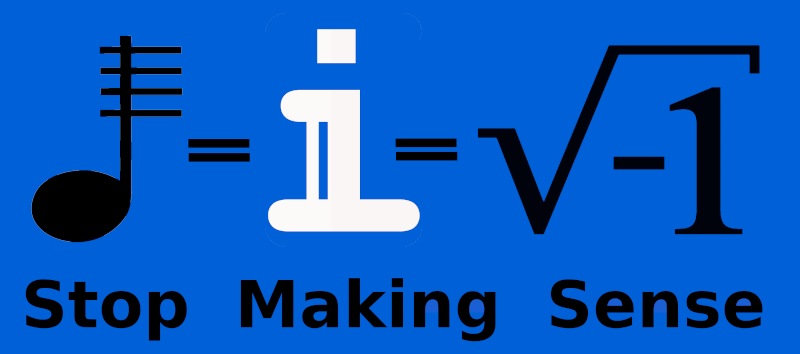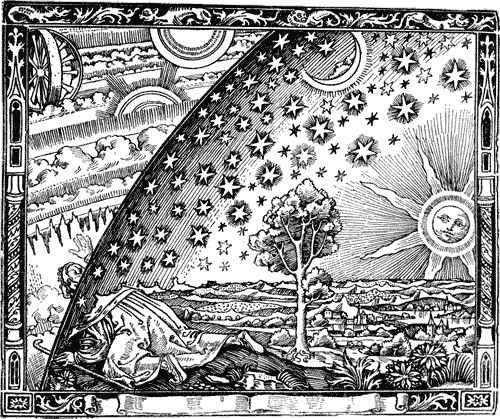INFOLAB
2025 math25
2025 Radiotopia Taiwan
2025 The Other Side of the Palestinian Story
All projects below ….
Searching for Intellectual Positions in the Digital Age
In addressing the challenges of the digital age, art plays a central role. It not only provides an aesthetic perspective but also enables a critical reflection on the foundations of information processing. Therefore, we should stop viewing art solely through the lens of the technically defined concept of information as outlined by Claude Shannon in his classical Information Theory—the very foundation upon which today’s internet is built. This perspective is one-sided and severely limits our imagination for the future.
For this reason, we advocate for the development of a Theory of Complex Information, which extends beyond purely rational and calculable aspects. Our current information society is in crisis, while few seem actively engaged in seeking alternative approaches. The Infolab of the Stadtwerkstatt takes on this challenge, exploring new perspectives and approaches for dealing with different forms of information.
We are not solely guided by Shannon's model of information transmission, which primarily focuses on efficiency and technical precision. Instead, we adopt a cosmological perspective, inspired by John Archibald Wheeler’s concept of “It from Bit”. This idea opens up a new way of understanding: seeing information not merely as a data flow but as a fundamental element of reality itself. In this expanded perspective lies the key to shaping digital transformation in a more creative and holistic manner.
What means Complex Information
Our current IT systems are fundamentally shaped by Shannon’s Information Theory, which focuses on information channels and “logically correct” conclusions. While efficient, this approach ultimately constrains individuality and creativity. What we need is a new paradigm—Complex Information.
Similar to how complex numbers function in mathematics, information content could consist of both a real and an imaginary component. This means that anything perceived by human consciousness inherently has both a real and a complex aspect. For example, an apple is still an apple, but it also carries an imaginary component, one that is perceived differently by each individual. It is “an apple plus something unknown.”
Such methods are not foreign to mathematics. Complex numbers are already applied in fields like quantum mechanics and electrical engineering, where the interplay of real and imaginary components is essential to understanding deeper principles. Adopting a similar approach in information technology could open new dimensions for more intuitive, adaptive, and human-centered systems.
At the Crossroads from Second to Third Nature
In what we call the Second Nature, evolution learned to process information. Genetic material became the storage medium for inherited traits, enabling the continuous development of life. The real component of information evolved through human communication and the natural laws governing our world.
Humans built information-processing machines, developing a digital abstraction capacity that advanced far more rapidly in the real dimension of information than in its imaginary component. This one-sided focus laid the foundation for what we now call the Third Nature.
In this Third Nature, digital machines reference themselves, creating a self-contained, algorithm-driven reality. Emotional and subjective decision-making no longer matters; it has no space in a system governed purely by logical computation and real-valued information. The human experience, with its complex emotional layers, risks being sidelined in this emerging digital reality unless we reconsider how information is defined and processed.
Our History: 45 Year of autonoumous work with anaolg and digital media
WORK of Infolab
Radiotopia - Information via Free Media
2025 math25
2025 Radiotopia Taiwan
2024 Rotting Apple 2.0
2024 Oktober: Start Youtube podcasts in german
2024 Gespräch mit der KI über die Notwendigkeit von polymerer Information
2024 At STWST48x10: Root off minus 1 shop and a text about the necessity of complex information processing
2024 Radio Beacon, new Shedules at 3cm, 11m 40m Band
2024 Conversation with GPT3 resulting in dual and polymeric information
2024 Radiotopia Paris 13.4.2024
2023 Patterns of our society - Chat with GPT3 about the topic of Infolab
2022 Radiotopia MS Stubnitz Hamburg
2021/2022 Gibling as an NFP - Non-Fungible Picture
2020-2021 Free Information needs free Media
2020 The third Nature and Interferences of the unknown
2020 signals of life
2020 The Rotting Apple
2020 Interferenzen: Fugues in rational numbers 1986- und Fugues in komplex Numbers
2020 Amro 2020 Video -Vapour source of chaos Amazon - Heart of the World
2019 STWST48x5 - The concave sand hole
2019 Our own ECO-SYstem From Gibling to XGiveCoin - Event Cryptocurrencies
2018 Mycelium Network Society (MNS) —– at Biennale Taipeh
2018 From Nothing to Something - Space Time Entanglement Lindabrunn und STWST48x4 Linz
2017 The Blockchain - constructed truth
since 2017 Infolab Streaming Server and Youtube LIVE Channel
Infolab vs Digital Physics Sept2017
From Nothing to Something - convergence to zero by fx 1986-2017 Sept 2017
Infolab 2017 - Digital Physics Nonstop Videotalks bei stwst48x3.stwst.at sept 2017
Mycelium Network Society 2017 Transmediale - ongoing
Special handling of information by mushrooms 2016- ongoing
The Infolab Radioshow each third thusday on air at Radio FRO
Infolab 2017 - stwst48x3.stwst.at
Pilze als Informationsträger 2016- ongoing
Surf and Inform the Water 2016- ongoing
Ghostradio 2015
7067 Its not a Test - INFOLAB 2016- ongoing
Das Aalhotel 2015
Schattenlaboratorien
Mycelium Network Society 2017 Shu Lea Cheang - ongoing
Mycelium Network Society auf der Transmediale 2017
Nonstop Screening of Infolabs
The term “Digital Physics” partially coincides with the thinking models of the Infolabs to make these ideas accessible to the public, we run a video clip in the room of http://servus.at 3 weeks (from 20.8 to 10.9) with the following Programm or check our Infolab Youtube channel
The autonomous information network on ships
Ships are islands, they offer autonomous structures. That's why we work a lot on ships. We have been working on ways to reflect the Internet for several years. In order to get an observer status on this powerful information network you have to be able to disconnect yourself from the system. We try that with our own autonomous information network. The first experiments started in 2006. 2011 Armin Medosch wrote a text about it. In 2016 we extended our experiments with SlowScanTv from our ship in Linz. From this followed the information network "7067 -Its not a Test". Based on image transfers, an alternative information network was created. Due to technical and content developments, however, bandwidth of the information network has been further reduced in order to achieve higher ranges.
Milestones were developed in 2016/2017 to make this network accessible to everyone.
- Lowering bandwidth with the WSPR Technology
- Using the non-public frequency 7040khz to understand the propagation conditions of the transmitter
- The Future: Use the JT65 Technology to establish your own rapport system.
- The goal: Change to the publicly accessible CB Radio Frequencies 27 Mhz
More Work with independent networks you kan see at - Funkfeuer.de

